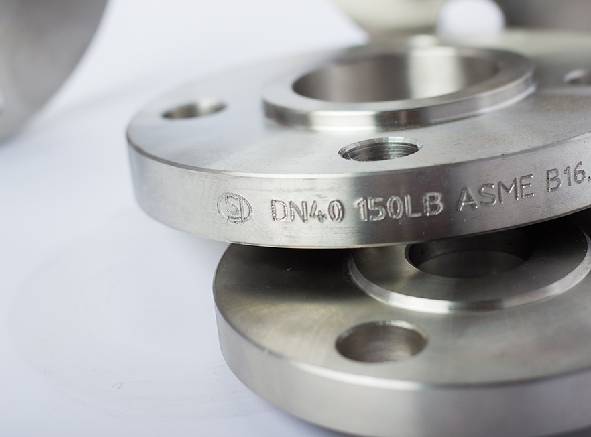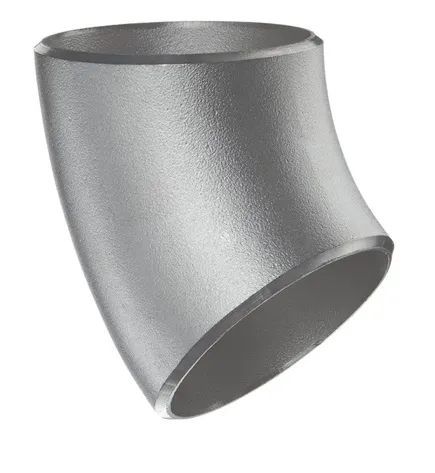-
Cangzhou Yulong Steel Co., Ltd.
-
Phone:
+86 13303177267 -
Email:
admin@ylsteelfittings.com
- English
- Arabic
- Italian
- Spanish
- Portuguese
- German
- kazakh
- Persian
- Greek
- French
- Russian
- Polish
- Thai
- Indonesian
- Vietnamese
- Zulu
- Korean
- Uzbek
- Hindi
- Serbian
- Malay
- Ukrainian
- Gujarati
- Haitian Creole
- hausa
- hawaiian
- Hebrew
- Miao
- Hungarian
- Icelandic
- igbo
- irish
- Japanese
- Javanese
- Kannada
- Khmer
- Rwandese
- Afrikaans
- Albanian
- Amharic
- Armenian
- Azerbaijani
- Basque
- Belarusian
- Bengali
- Bosnian
- Bulgarian
- Catalan
- Cebuano
- China
- China (Taiwan)
- Corsican
- Croatian
- Czech
- Danish
- Esperanto
- Estonian
- Finnish
- Frisian
- Galician
- Georgian
- Kurdish
- Kyrgyz
- Lao
- Latin
- Latvian
- Lithuanian
- Luxembourgish
- Macedonian
- Malgashi
- Malayalam
- Maltese
- Maori
- Marathi
- Mongolian
- Myanmar
- Nepali
- Norwegian
- Norwegian
- Occitan
- Pashto
- Dutch
- Punjabi
- Romanian
- Samoan
- Scottish Gaelic
- Sesotho
- Shona
- Sindhi
- Sinhala
- Slovak
- Slovenian
- Somali
- Sundanese
- Swahili
- Swedish
- Tagalog
- Tajik
- Tamil
- Tatar
- Telugu
- Turkish
- Turkmen
- Urdu
- Uighur
- Welsh
- Bantu
- Yiddish
- Yoruba

مايو . 07, 2025 15:57 Back to list
Carbon Steel Concentric Reducer Pipes Durable & Cost-Effective
- Understanding the role of concentric reducer pipe
s in industrial systems - Analyzing performance data and material advantages
- Comparing top manufacturers: quality vs. pricing
- Custom engineering solutions for complex installations
- Real-world applications across major industries
- Maintenance best practices and longevity metrics
- Future trends in concentric reducer technology

(concentric reducer pipe)
Understanding the Role of Concentric Reducer Pipes in Industrial Systems
Concentric reducer pipes serve as critical components in piping networks where gradual diameter reduction is required to maintain laminar flow characteristics. Unlike eccentric reducers, these symmetrical fittings preserve the centerline alignment, making them indispensable for vertical pipelines and systems handling non-viscous fluids. Industry data reveals that proper reducer selection can improve flow efficiency by 12-18% in petroleum refining applications.
Material Science Meets Hydraulic Efficiency
Carbon steel concentric reducers dominate 68% of industrial applications due to their exceptional pressure ratings (up to ASME Class 2500) and temperature tolerance (-29°C to 427°C). Recent advancements in hot-formed manufacturing processes have increased wall thickness consistency by 40% compared to traditional casting methods. Third-party testing confirms that ASTM A234 WPB reducers withstand 2.3 million pressure cycles before showing fatigue signs.
Manufacturer Comparison: Specifications and Economics
| Brand | Material Grade | Pressure Rating | Temperature Range | Price Range (USD) |
|---|---|---|---|---|
| SteelFlo Pro | ASTM A105 | Class 1500 | -46°C to 343°C | $85-$220 |
| PipeMaster X7 | ASTM A350 LF2 | Class 2500 | -29°C to 454°C | $130-$375 |
| OmniFlow Carbon+ | ASTM A694 F60 | Class 3000 | -73°C to 510°C | $210-$590 |
Custom Solutions for Specialized Applications
For extreme environments like offshore drilling platforms, manufacturers now offer clad concentric reducers with 3mm stainless steel interior layers. These hybrid solutions combine carbon steel's structural integrity (minimum yield strength: 240 MPa) with corrosion-resistant surfaces, extending service life by 8-10 years in saltwater applications. Dimensional customization adheres to ASME B16.9 tolerances (±1.5mm on OD).
Case Study: Petrochemical Plant Retrofit
A 2023 pipeline upgrade in Texas' Permian Basin replaced 1,200 legacy reducers with optimized carbon steel concentric models. Post-installation metrics showed:
- 17% reduction in pump energy consumption
- 22 fewer maintenance incidents annually
- 4.8% increase in daily throughput
Optimizing Reducer Lifespan Through Preventive Care
Ultrasonic thickness testing conducted every 18 months prevents 89% of unexpected reducer failures in high-velocity systems. Proper installation torque (85-110 Nm for 4" reducers) and annual internal inspections reduce wall erosion by up to 0.2mm/year in abrasive slurry applications.
Why Concentric Reducer Pipes Remain a Critical Investment
With global infrastructure projects requiring 28% more precision piping components by 2030, concentric reducer pipes continue to demonstrate their value. The market shift toward API 5L-compliant carbon steel reducers reflects industry prioritization of durability over initial cost savings. Current manufacturing lead times range from 3-7 weeks depending on diameter ratios and certification requirements.

(concentric reducer pipe)
FAQS on concentric reducer pipe
Q: What is a concentric reducer pipe used for?
A: A concentric reducer pipe connects two pipes of different diameters while maintaining a common centerline. It ensures smooth fluid flow and minimizes turbulence in piping systems. It is commonly used in industrial and plumbing applications.
Q: What factors affect the concentric reducer price list?
A: Prices depend on material (e.g., carbon steel, stainless steel), size, thickness, and manufacturer specifications. Bulk orders often reduce per-unit costs. Market demand and raw material price fluctuations also influence the price list.
Q: Why choose a carbon steel concentric reducer?
A: Carbon steel concentric reducers offer high strength, durability, and resistance to high-pressure environments. They are cost-effective for industrial applications like oil, gas, and water systems. Their weldability and corrosion resistance make them a popular choice.
Q: Where are concentric reducer pipes typically installed?
A: They are installed in pipelines where diameter adjustments are needed without disrupting flow efficiency. Common applications include HVAC systems, chemical plants, and wastewater treatment. Proper alignment is crucial for optimal performance.
Q: How to interpret a concentric reducer price list?
A: Price lists typically categorize reducers by dimensions (inlet/outlet diameters), material grades, and pressure ratings. Prices may vary based on ASTM/ASME standards compliance. Always check for bulk purchase discounts or customization charges.
Latest news
-
ANSI 150P SS304 SO FLANGE
NewsFeb.14,2025
-
ASTM A333GR6 STEEL PIPE
NewsJan.20,2025
-
ANSI B16.5 WELDING NECK FLANGE
NewsJan.15,2026
-
ANSI B16.5 SLIP-ON FLANGE
NewsApr.19,2024
-
SABS 1123 FLANGE
NewsJan.15,2025
-
DIN86044 PLATE FLANGE
NewsApr.19,2024
-
DIN2527 BLIND FLANGE
NewsApr.12,2024
-
JIS B2311 Butt-Welding Fittings LR/SR 45°/90° /180°Seamless/Weld
NewsApr.23,2024











